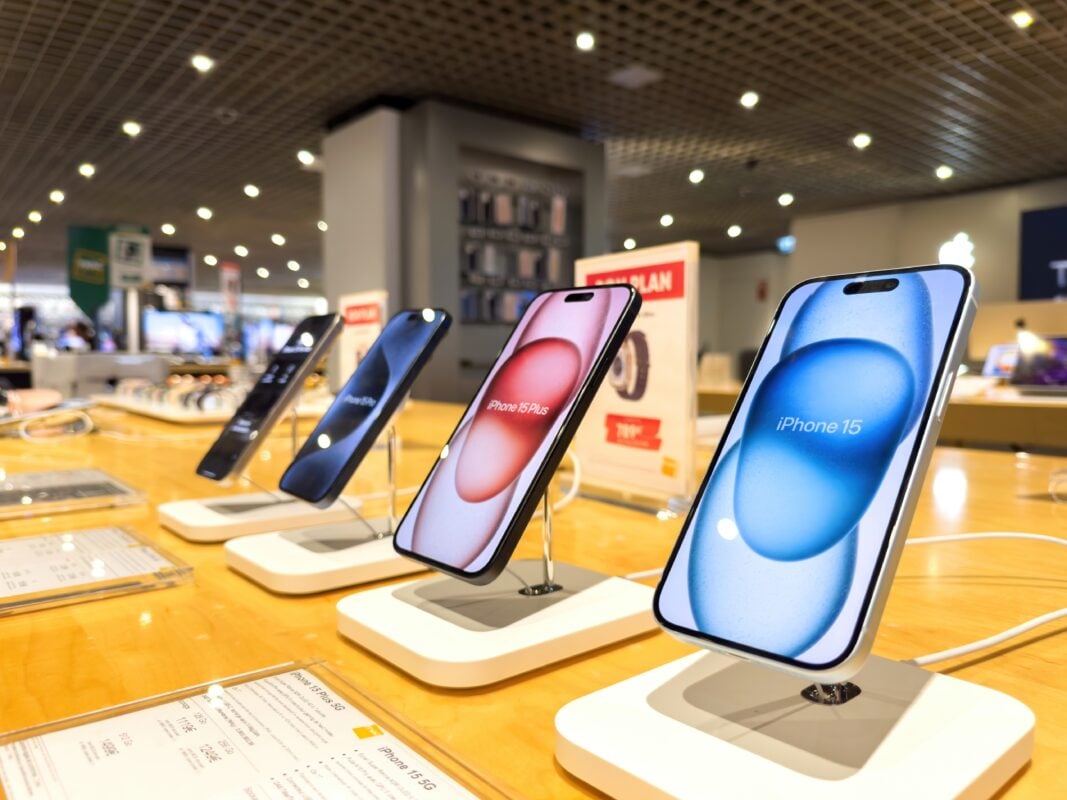TLDRs;
Contents
- Apple includes South Korea in first-wave iPhone 17 launches, solidifying its role as a global strategy testbed.
- Samsung controls 82% of Korea’s smartphone market, but Apple’s first-wave iPhone 16 release gained four market share points.
- Korea’s low brand loyalty makes it an ideal market for Apple to test innovations like the ultra-slim iPhone 17 Air.
- Apple’s retail expansion in Seoul laid the groundwork for early launches, signaling long-term investment in Samsung’s home turf.
Apple is reshaping its global playbook by positioning South Korea as a critical testing ground for new product strategies.
The decision to include the country in the first wave of iPhone 17 launches marks the second consecutive year Apple has treated Korea as a frontline market, an unusual shift for a company that historically prioritized the United States, Japan, and select European nations.
Pre-orders for the iPhone 17 in Korea open on September 12, with official sales scheduled for September 19. The rollout mirrors last year’s approach with the iPhone 16, which delivered Apple its first significant market share bump in a region long dominated by Samsung.
Battling Samsung in Its Home Market
South Korea has traditionally been a fortress for Samsung, with the homegrown giant commanding 82% of smartphone sales between January and July this year, according to Counterpoint Research. For years, Apple kept Korea outside of its first-wave launches, only reintroducing the market to early rollouts with the iPhone 16 in 2024.
The results were immediate. Apple gained four percentage points in market share, a sign that South Korea’s consumer dynamics present an opportunity to chip away at Samsung’s dominance. This year, Apple is doubling down on that momentum with the release of the iPhone 17 Air, a device just 5.5 millimeters thick, making it the slimmest iPhone yet.
By launching such a headline-grabbing model in Samsung’s backyard, Apple is signaling that Korea is not only a competitive battleground but also a proving ground for innovations that could shape global perception.
Korea’s Value as a Consumer Testbed
Industry experts suggest Apple’s strategy is rooted in South Korea’s unique consumer behavior. A survey by Ernst & Young found that 40% of Korean consumers actively switch smartphone brands, compared with a global average of 18%.
This low brand loyalty makes the market ideal for testing whether new features and designs can attract users away from entrenched competitors.
If Apple can win in Korea, it provides evidence that its innovations could succeed elsewhere. This explains why the company has tailored localized updates for Korean users, including Korean-language Apple Intelligence and region-specific Find My features.
Retail Expansion Fuels Market Penetration
Apple’s move into Korea’s first-wave launches did not happen in isolation. It followed a deliberate expansion of Apple’s physical presence. The company opened its largest Korean store in Myeongdong in April 2022, followed by another flagship outlet in Gangnam in March 2023.
These retail milestones were not coincidental. They established brand visibility and customer engagement points ahead of the iPhone 16 launch. By the time the device reached consumers, Apple had already created a foundation of physical accessibility, signaling its intent to compete seriously in Samsung’s backyard.
This retail-first, launch-second strategy stands in stark contrast to Apple’s approach over the previous 15 years, during which Korean consumers waited months after the U.S. release to get their hands on new iPhones.


